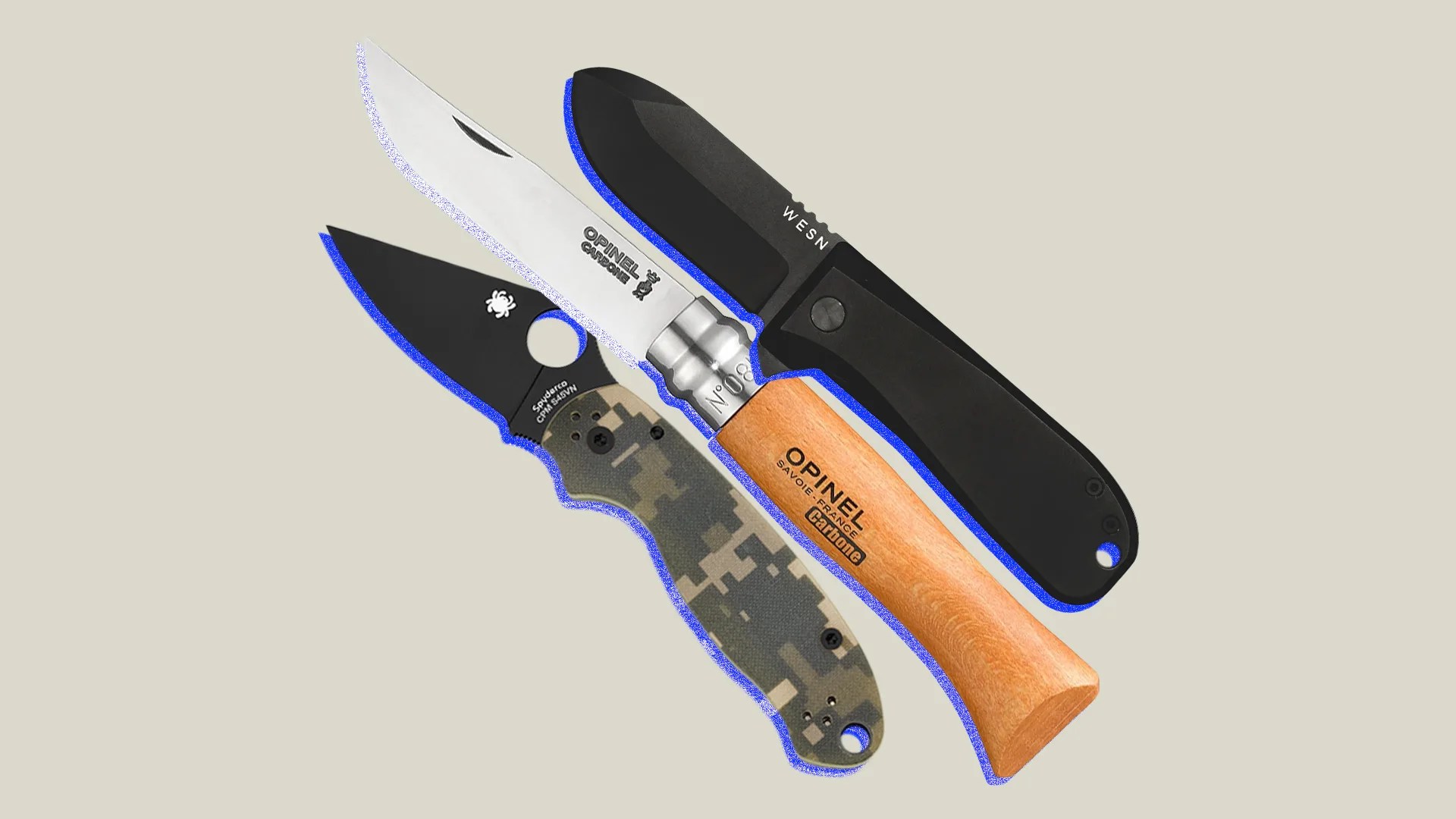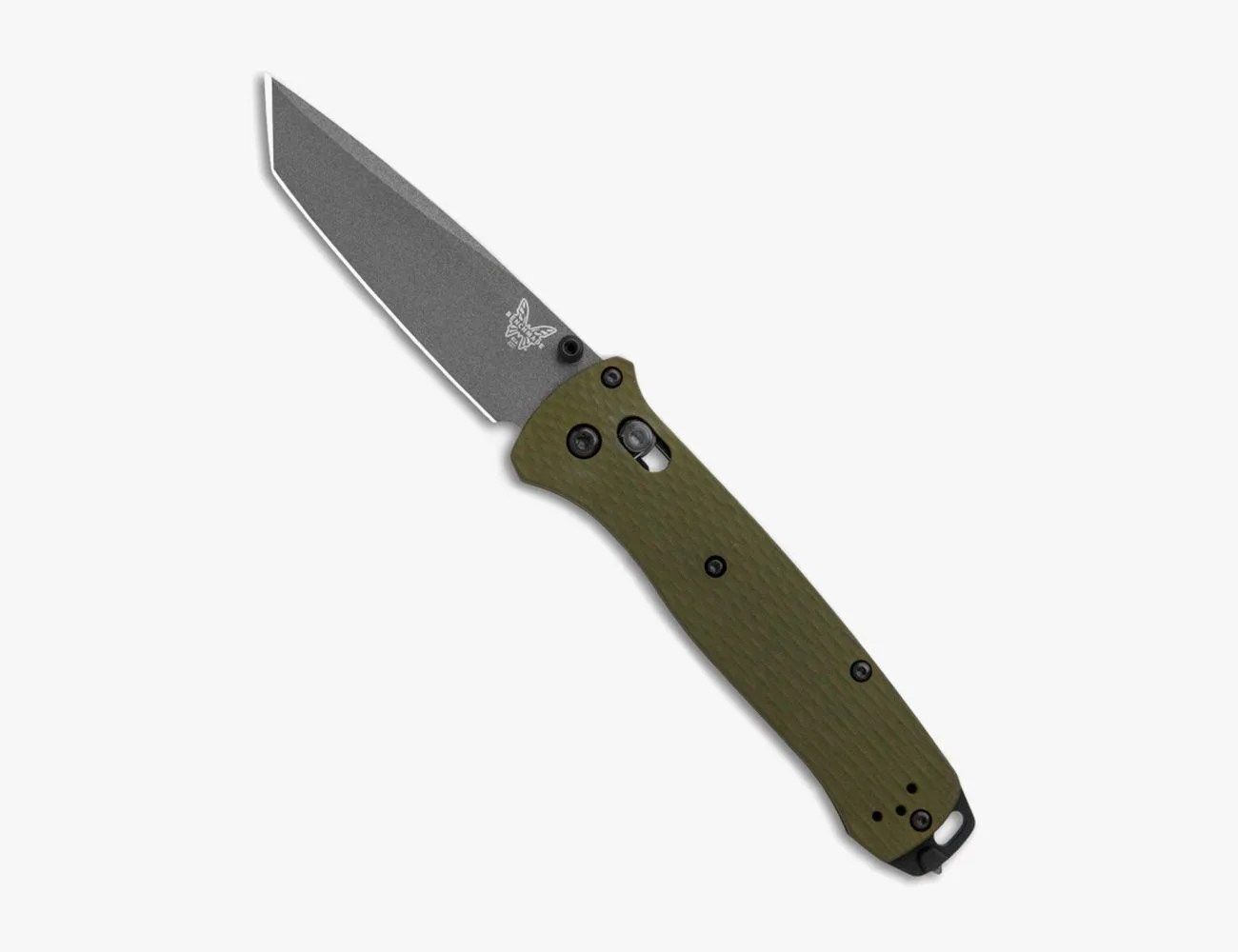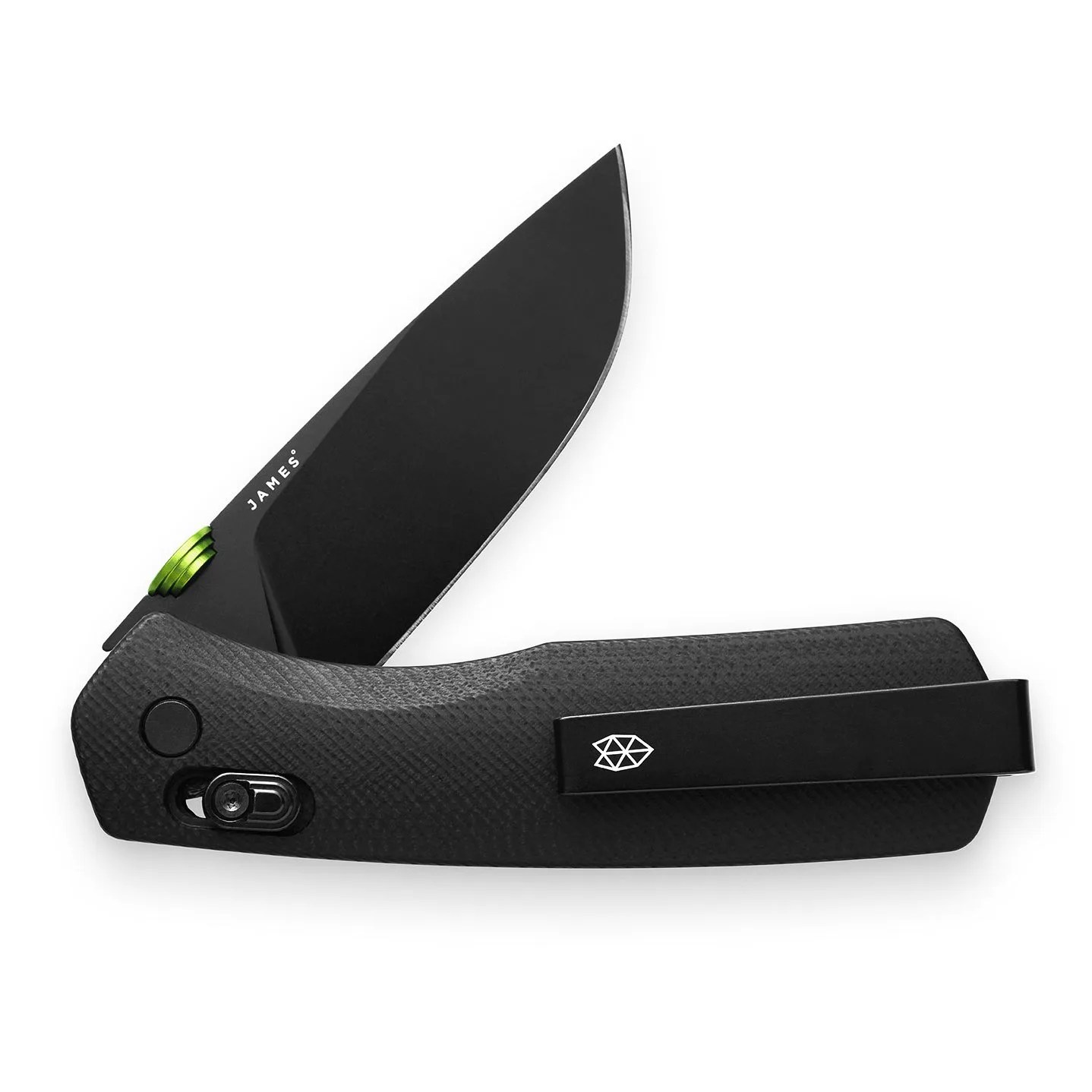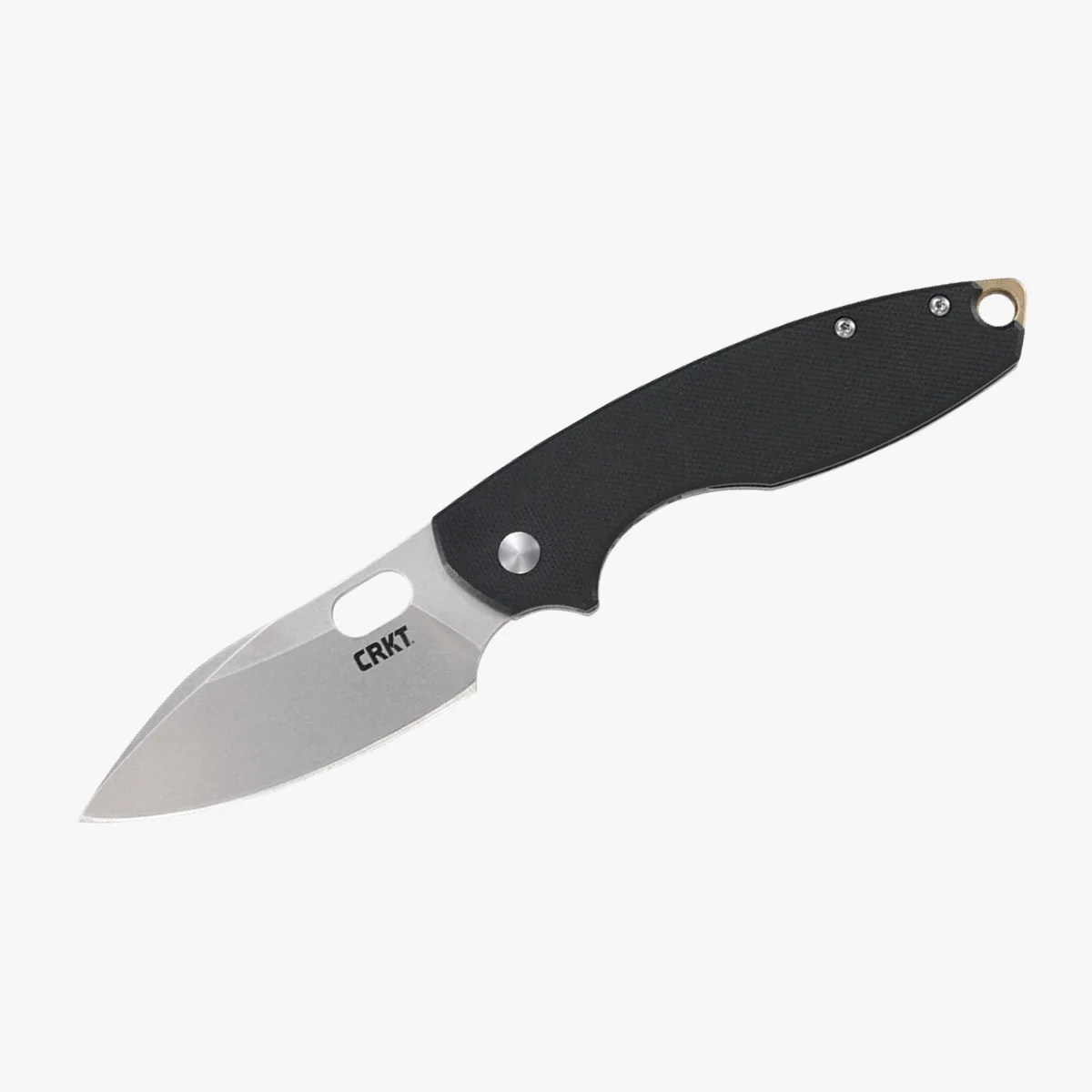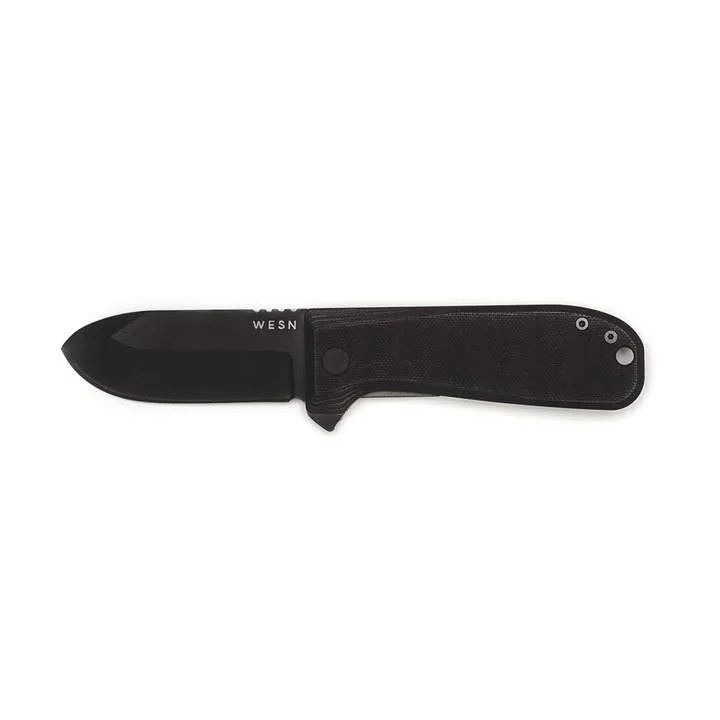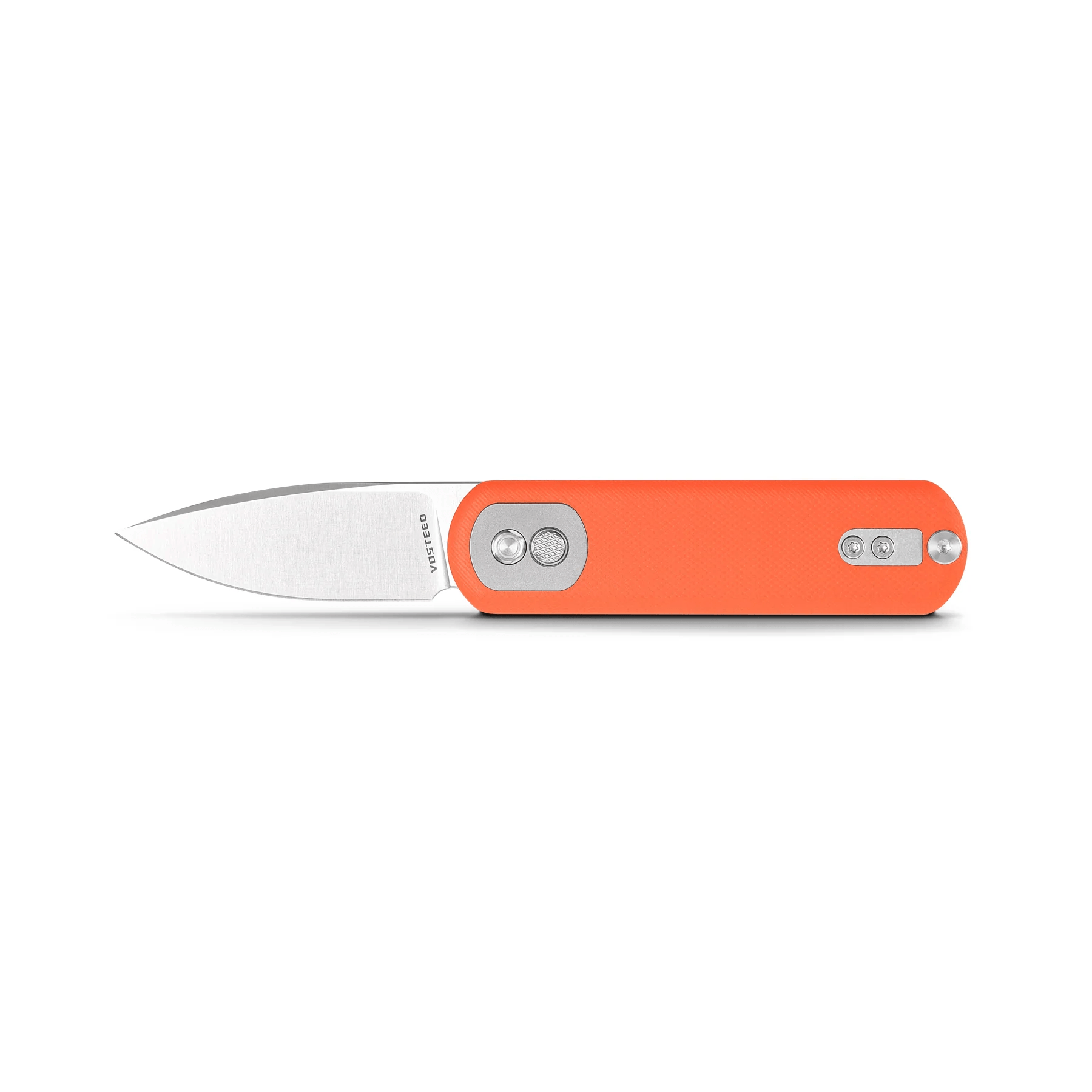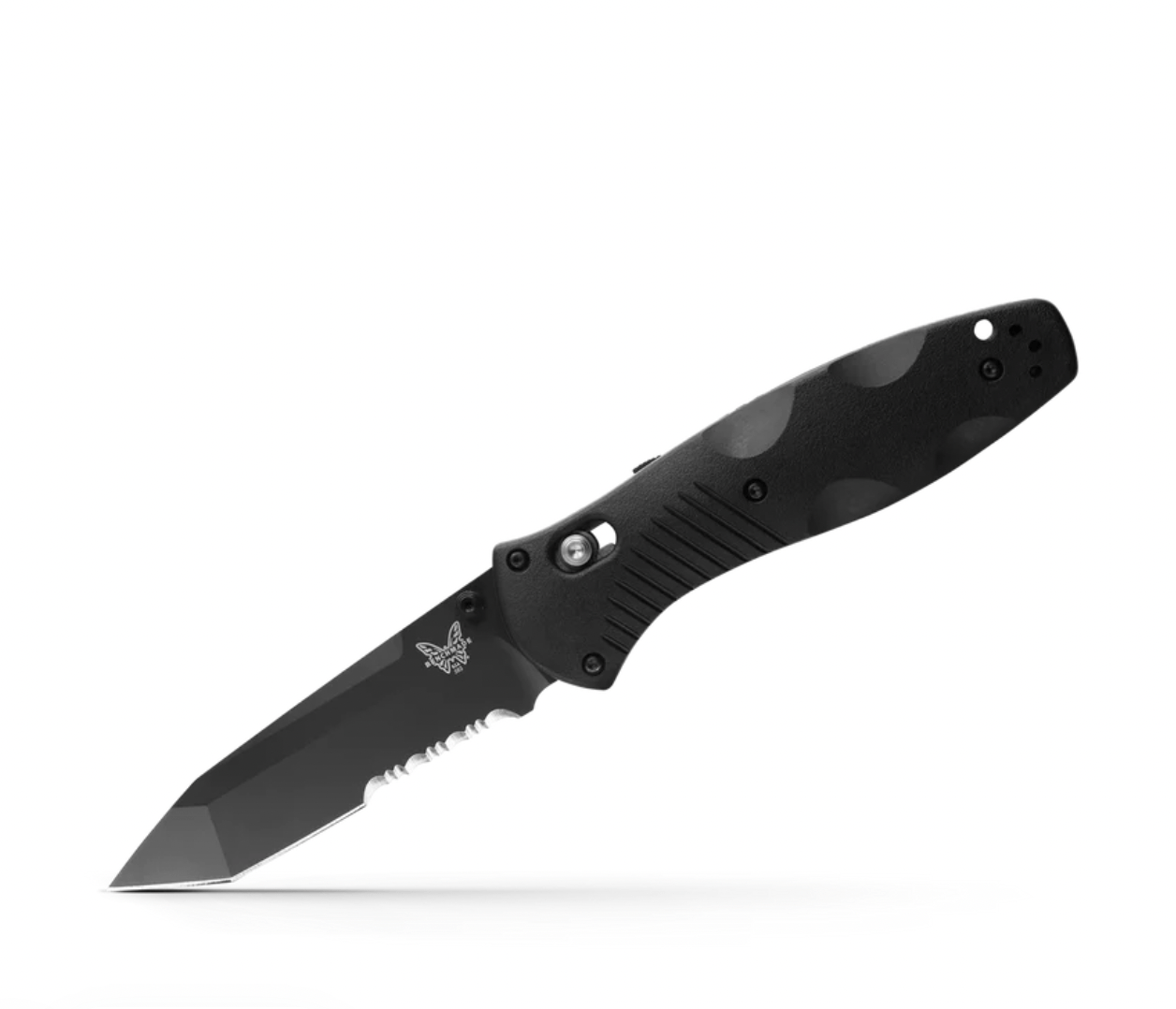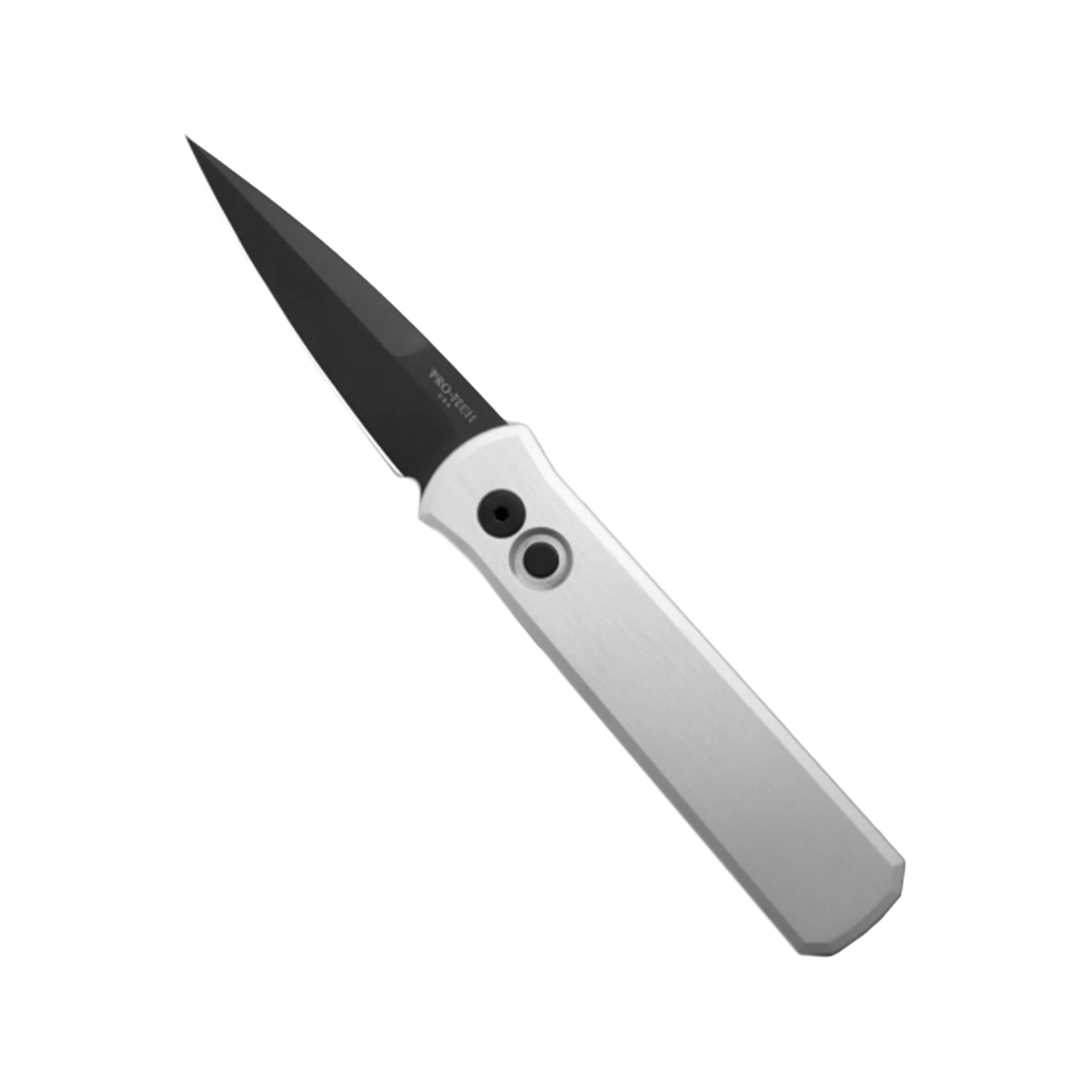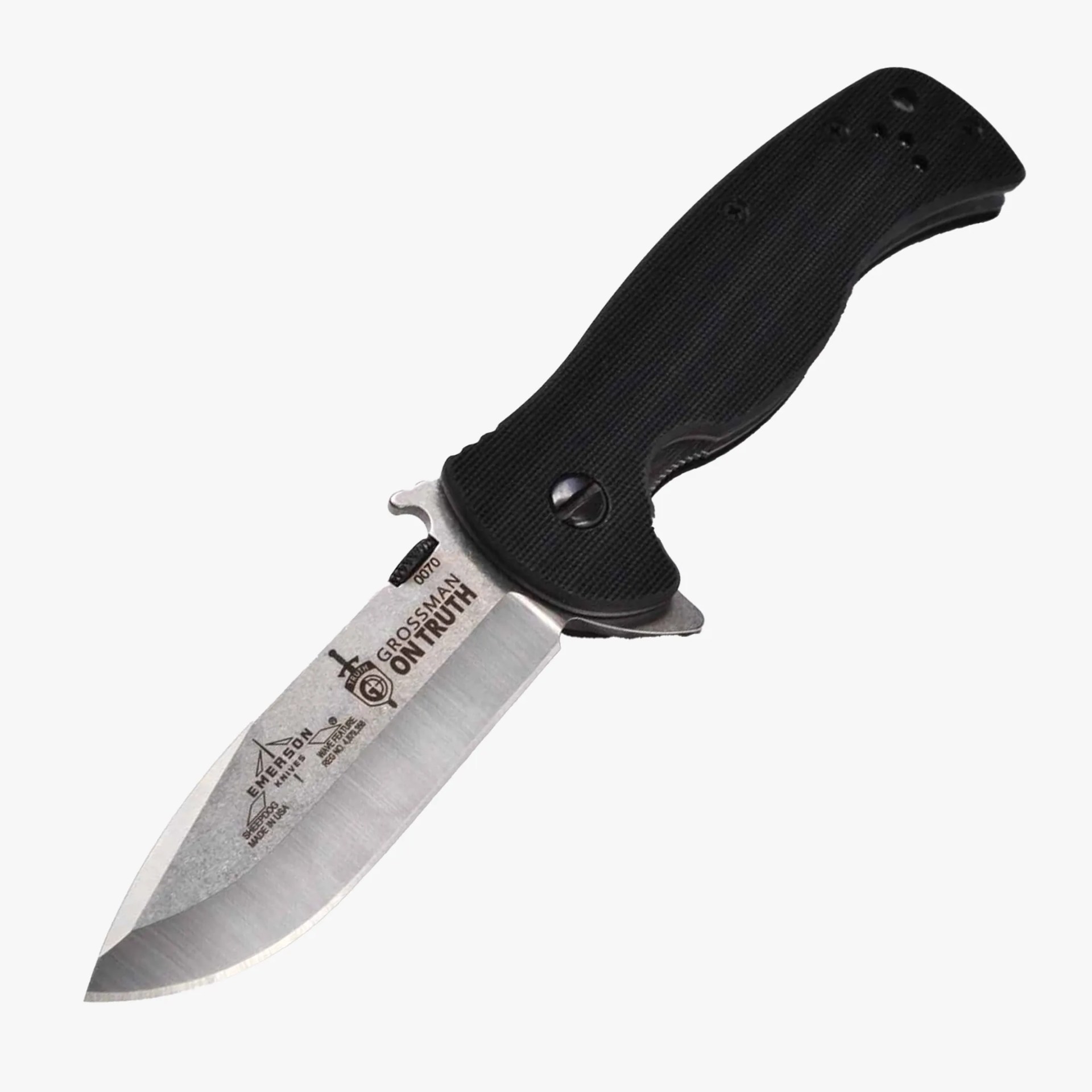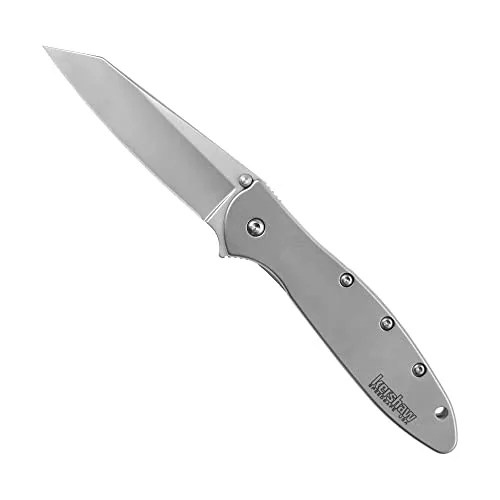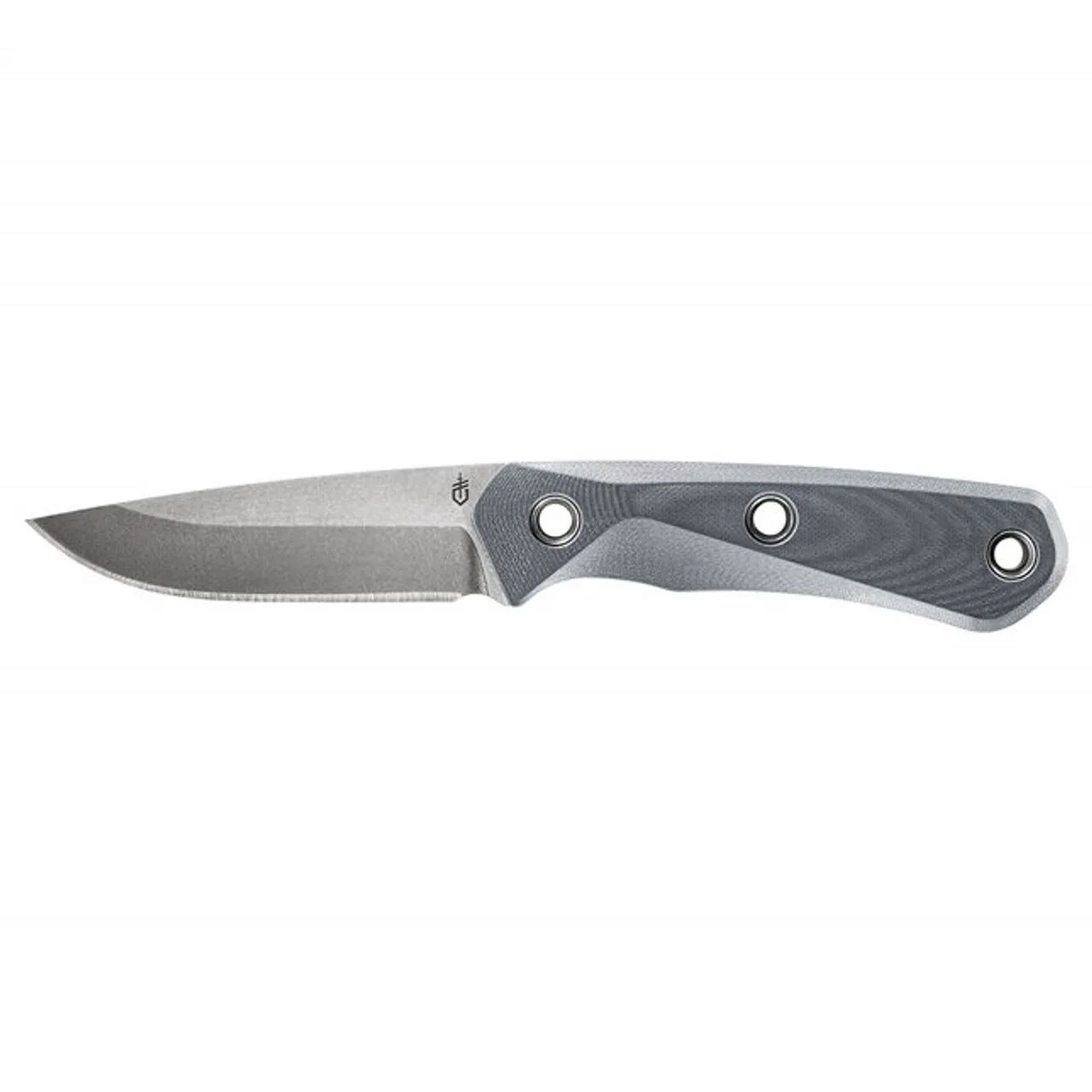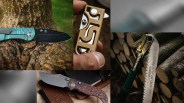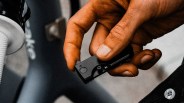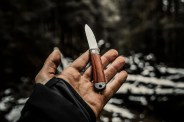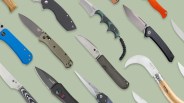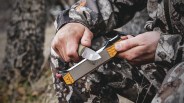There are many bits and pieces of pocket knives to get excited about, and some get a lot more love than others. Blades and blade steel, for instance, are much more talked about and geeked out over than, say, types of pocket knife hardware. And that’s all well and good; the pointy bits are really the main reason anyone wants a knife.
But there are also some unsung heroes that probably deserve more attention. To that end, we want to illuminate an oft-overlooked pocket knife part: the deployment (AKA the method by which a folding knife is opened). There’s actually a surprising number of deployment methods out there, each with its own functionality, as well as plusses and minuses. Here, we’ve outlined the most common, as well as explained how they function, and offered up an example of a knife featuring the said deployment so you can get a better idea of which works for you.
Manual
The simplest of all deployment styles, manual folders require the user to physically put pressure on the blade and either push or pull it in order to remove it from the handle. There are a few variations on this style, however — some that require two hands and others that necessitate only a single finger or thumb. Here are the most common versions of a manual deployment:
Nail Nick
Maybe the most ubiquitous (or at least the oldest) of all knife deployments, the nail nick is a small depression just below the spine of a blade that’s just deep enough for the user to hook a fingernail to it in order to pull a blade from its handle. This is the kind of deployment used on most Swiss Army Knives, traditional/historical pocket knives (like the Buck 110 Folding Hunter) and hundreds of others. While it requires two hands in order to operate, it’s as simple and classic.
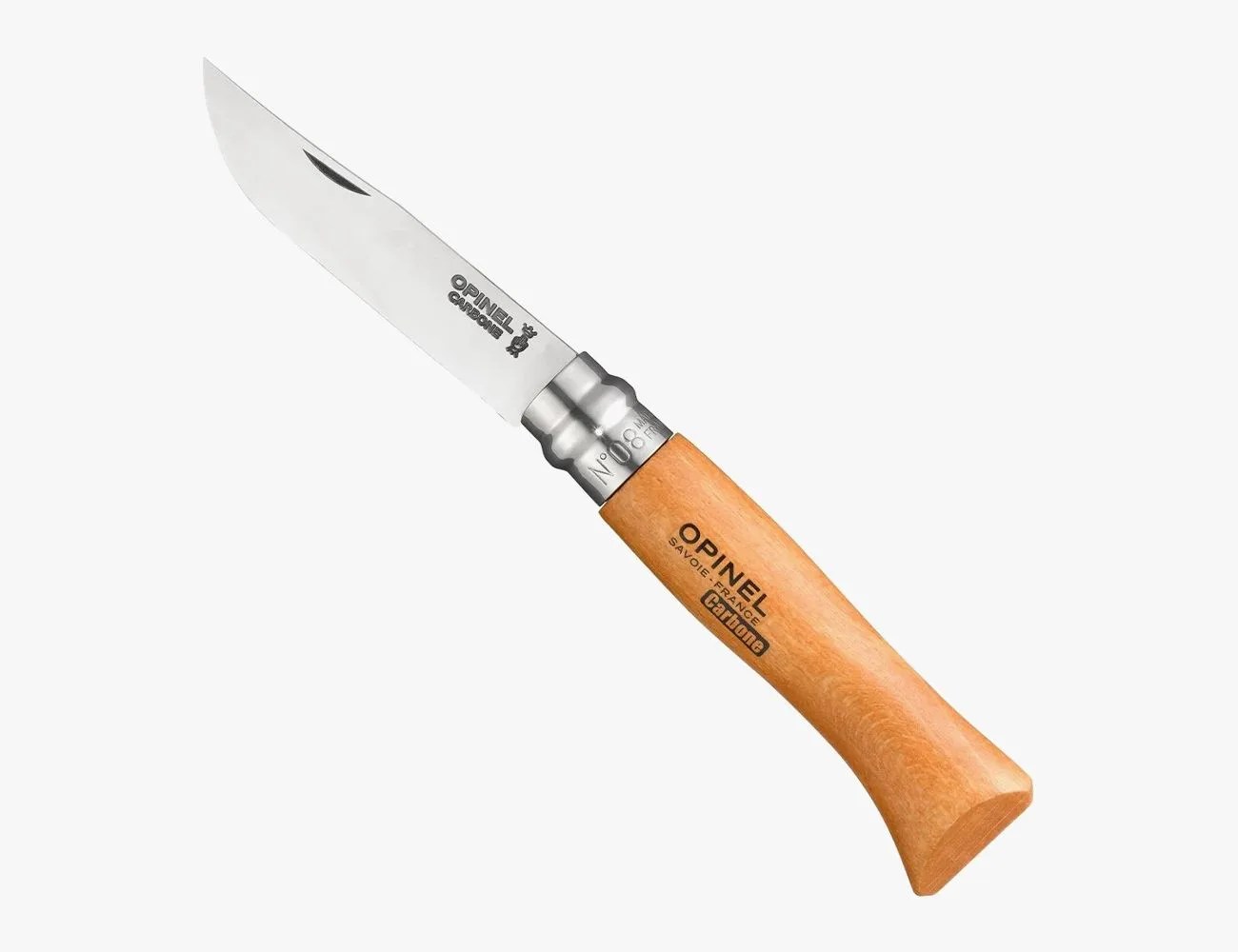 Opinel
OpinelOpinel No.08
Specs
| Blade Length | 3.28 inches |
| Blade Steel | Sandvik 12C27 |
| Handle Material | Beechwood |
| Locking Mechanism | Virobloc Safety Ring |
| Total Length | 7.59 inches |
